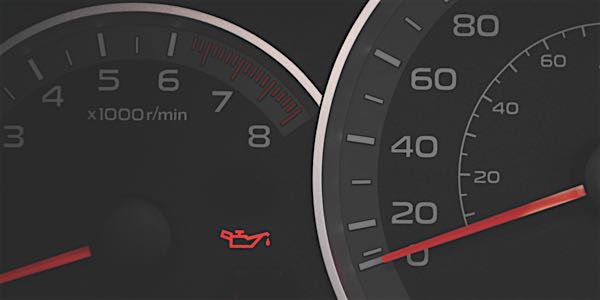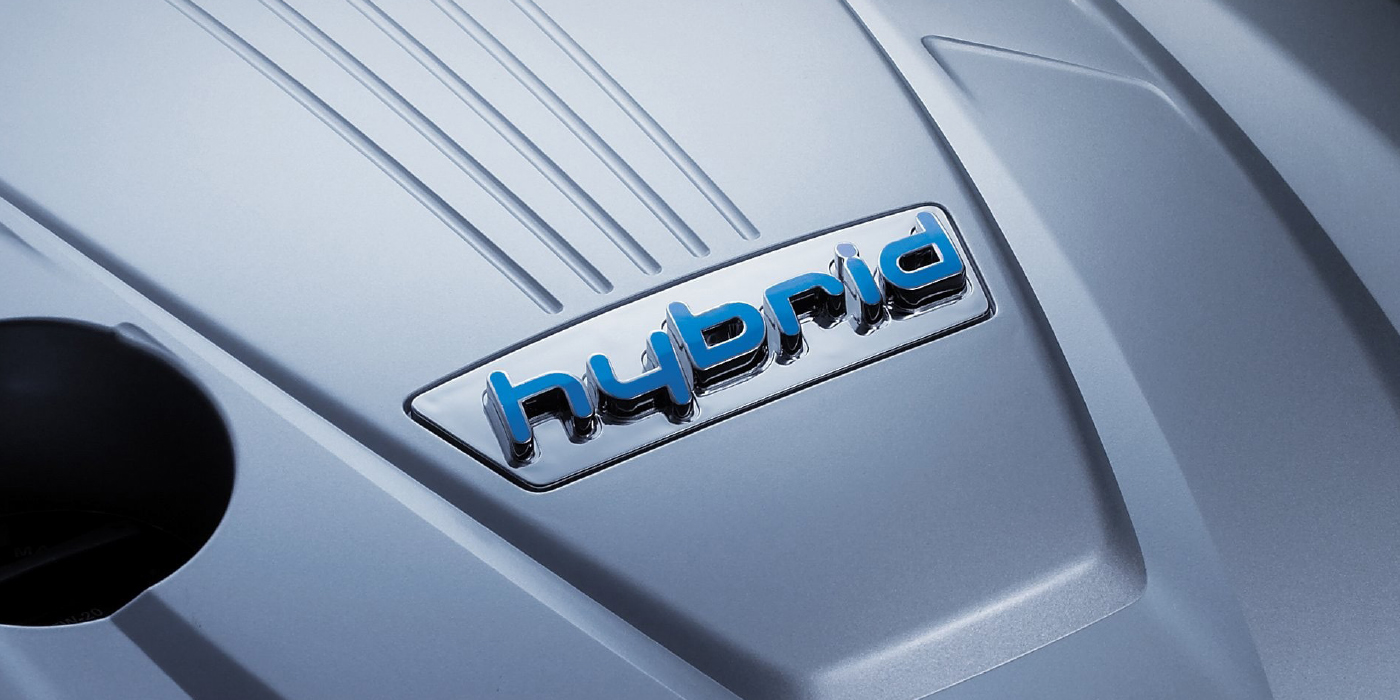
By some, oil filters are regarded as low-tech items that are all virtually the same. It may come as a surprise that nothing could be further from the truth. Today’s oil filter, whether it is a spin-on or cartridge type, possesses components which are specifically designed and engineered for individual applications. Today’s filter also offers significantly improved overall performance when compared to products made just a few years ago.
As a company that produces filtration products, we are constantly testing our filters to confirm that they meet stringent standards. Laboratory testing and analysis gives us measurable facts about the performance of our filters and competing products. This ensures that we have the information necessary to make a filter that functions as needed for the system for which it is intended.
A couple of the key performance indicators to be measured are capacity and efficiency. Capacity is the measured maximum amount of contaminants that the filter assembly can hold while maintaining an acceptable resistance to flow. Efficiency ratings indicate how well, and in some cases, what percentage of a given particle size the filter can capture. It is important to note that while these two indicators are very valuable, they are only part of our overall approach to performance analysis. Constant testing enables us to continually benchmark our products’ performance. As a result, people who use our products do not have to modify the service intervals that are recommended by the engine manufacturer.
Maintenance interval recommendations are typically made by the manufacturers of engines, so that consumers and service providers have guidelines as to when the engine should be serviced. These standards are often derived from both laboratory and field testing. In the case of engine oil and filter service intervals, factors such as driving habits, type and quality of fuel, and the environment in which the engine will be used have a substantial influence on the recommended length of time between oil and filter changes.
For this reason, many engine manufacturers factor these considerations into the overall equation by using delineations such “regular” and “severe” when describing use. It would no doubt surprise many motorists to discover that they themselves were utilizing their personal vehicle in what many engine makers would categorize as “severe use” situations. Stop-and-go driving, frequent short trips and towing are just some of the factors most manufacturers deem as severe.
There is a growing interest in extending the intervals between servicing the engine oil and filter. While there are potential advantages, it is important to carefully weigh the costs and benefits of adopting maintenance practices that make use of extended service intervals. Chief among the considerations is confirmation that the correct oil is being used and that there is a practical means of sampling and testing the used engine oil for its condition. This is a necessary means of monitoring the system and insuring that is being properly maintained.
Our filters are made to exacting standards, resulting in a product that can be used in accordance with engine manufacturers’ service intervals while offering uncompromising protection for the applications for which they are recommended. For more information, visit The Filter Manufacturers Council at filtercouncil.org.
Courtesy of WIX Filters.














